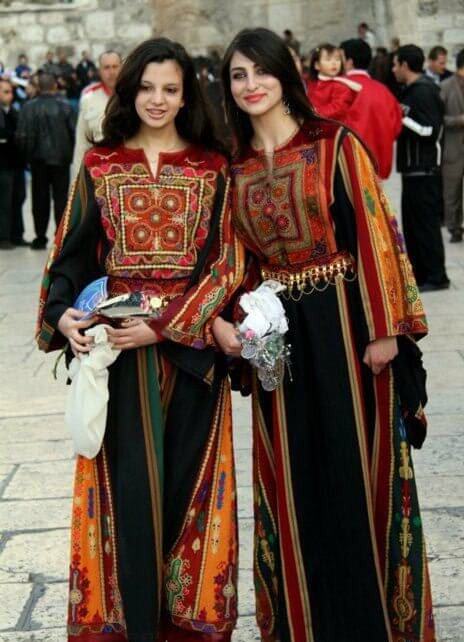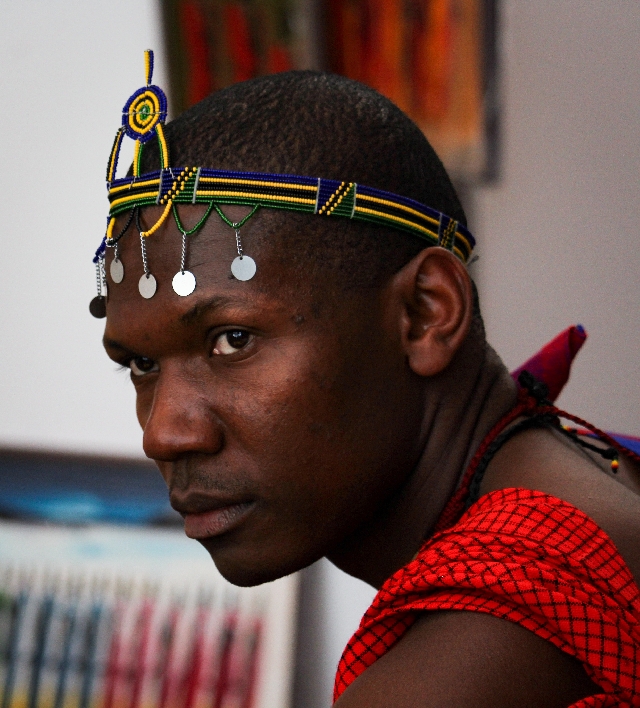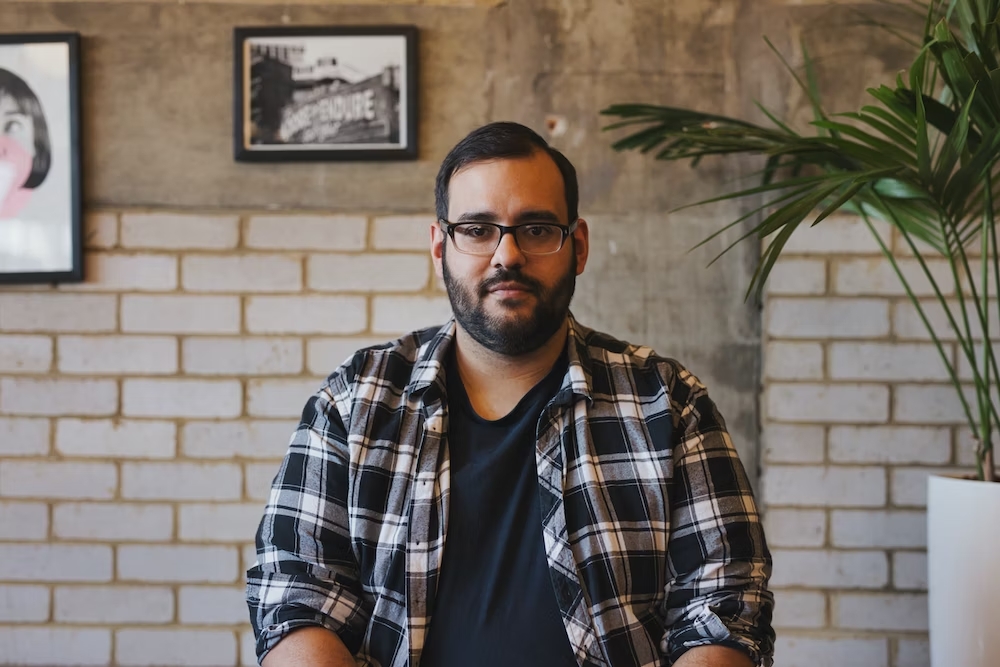Last Updated on January 8, 2024 by Chase Reiner
Jordanian traditional clothes are characterized by the “thob,” a long-sleeved robe often embroidered with intricate patterns. Palestinian attire includes the “thobe,” a similar garment, with vibrant hand-stitched designs. These garments reflect cultural heritage and heritage, with centuries of history.
Jump To A Section
What is the Commonality between the Two Regions?

The commonality between the two regions is undeniable; they’re geographically close and share similar religions (Christianity and Islam), local traditions, and dress code elements. Yet, each culture possesses its distinct style of dressing that sets them apart from one another.
Jordanian Traditional Clothing
Jordan is a beautiful country situated in the heart of the Middle East. It’s a country where modern lifestyles intertwine with rich traditions, creating a fascinating melting pot. Jordanian garments are characterized by their vibrant colors, bold patterns, and intricate designs in terms of fashion.
Traditional clothing in Jordan has been heavily influenced by the desert landscape, making it a perfect choice for the country’s climate. Cotton fabrics are a popular choice for their breathability and durability in harsh weather conditions.
These fabrics are often decorated with sequins, embroidery, or beads for a luxurious effect. Women’s garments are typically long and loose, covering the arms and legs.
1. The Abaya Jordanian Traditional Clothing
The most common garment is the ‘abaya.’ It’s a long-sleeved, ankle-length garment with a belt tied around the waist. It has been traditional for women in Jordan to wear the abaya since the 1940s when Arabs were influenced by Islamic culture.
Today, it’s worn by women of all ages. However, young ladies may choose to wear more modern and colorful abayas.
Women’s footwear tends to be flat, with sandals popular, while Men’s garments are typically shorter and looser than women’s garments.
2. The Thawb
The ‘thawb’ is the most common garment worn by men. It’s a long and loose shirt that can be worn underneath a long coat called a ‘Jubba.’ For footwear, men tend to favor the ‘khuff,’ a type of sandal made from animal hide.
Palestinian Traditional Clothing
Palestine, a region rich in culture and tradition, has a diverse range of clothing styles that reflect the country’s ethnic and religious diversity. Traditional clothing in Palestine is typically loose-fitting and made from fabrics like silk and cotton. They’re often decorated with sequins, embroidery, or beads for a luxurious effect.
Women’s garments are typically long and loose, covering the arms and legs.
1. The Thob
The most common garment is the ‘thob,’ a long robe tied around the waist. It can be plain or decorated with sequins, beads, or other embellishments.
2. Other Palestinian Traditional Clothes
Other garments worn by women include the ‘jilbab,‘ a long robe worn over the thob, and the ‘mish-mash,‘ a long coat worn over the thob. Women’s footwear tends to be flat, with sandals and slippers being popular.
Men’s garments are typically shorter and looser than women’s garments. The ‘thawb’ is the most common garment worn by men. It’s a long and loose shirt that can be worn underneath a long coat called a ‘jubba.’ Men tend to favor a type of sandal called ‘jallabeya’ for footwear.
Difference Between Jordanian and Palestinian Traditional Clothes
Traditional clothing serves as a significant aspect of cultural identity for many nations around the world, including in the Middle East. In particular, the traditional clothing of Jordan and Palestine provides a rich tapestry of color, design, and symbolism. While they share some similarities due to shared histories and cultural exchanges, several distinct differences separate the two. Here are a few main differences:
- The Shmagh/Madbora vs. Keffiyeh: The Shmagh, in Jordan, is a square scarf typically worn by men and comes in checkered white and red or white and black colors. On the other hand, Palestinian men wear a similar head covering known as the Keffiyeh, typically patterned with black and white checks.
- Thobe vs. Dishdasha: Women in Palestine wear a traditional garment called the Thobe, a long-sleeved, ankle-length garment. Its design and color greatly vary from region to region. On the other hand, Jordanian women typically wear either the Madraga, a similar single-piece garment, or the Dishdasha, a more loose-fitting variation.
- Tatreez vs. Bedouin embroidery: Tatreez is traditional Palestinian embroidery usually used to decorate the Thobe. It uses bright, contrasting colors and geometric designs, each symbolizing different regions or famous families. Meanwhile, in Jordan, Bedouin embroidery is common, featuring more muted colors but also showcasing intricate and eye-catching designs.
- Attire for special occasions: In Palestine, a bridal Thobe is decorated with large red cross-stitches and is considered a significant part of the wedding ceremony. Similarly, in Jordan, Bedouin wedding dresses are heavily decorated, often with coins, sequins, and bright colors.
- Modern Adaptation: Both Jordanian and Palestinian traditional clothing have evolved with modern times. Many people in Jordan are more likely to wear Western-style clothing in daily life but still reserve traditional garments for special occasions. Conversely, in Palestine, many continue to wear their traditional clothing on a daily basis.
What Do Jordanian and Palestinian Traditional Clothes Look Like
Now that we’ve known the various elements that make up Jordanian and Palestinian garments, let’s discuss the subtle differences:
- Jordanians typically favor fabrics like cotton, silk, and polyester, while Palestinians often opt for silk and cotton.
- Jordanian garments tend to be adorned with bold and intricate patterns, whereas the patterns found in Palestinian garments are typically more subtle.
- Jordanian garments are often shorter and looser than their Palestinian counterparts.
- The garments worn by Palestinian women tend to be longer than those worn by their Jordanian counterparts.
- The colors found in Jordanian clothing are typically bold and vibrant. On the other hand, the colors found in Palestinian garments are typically more neutral and subdued.
- Jordanian garments tend to have a more modern and luxurious style, whereas Palestinian garments have a more traditional and modest style.
How Has the Current Political Climate Affected Traditional Dress?
The current political situation in the Middle East has profoundly affected many aspects of everyday life. This includes fashion, as both regions have had to adapt their traditional clothing to account for changing circumstances.
While Jordanians have primarily maintained their traditional dress style, Palestinians have had to modify their garments to avoid being identified as members of Hamas. The Israeli-Palestinian conflict has been at the forefront of global news coverage in recent years.
The conflict has proven to be exceedingly complex and challenging to resolve with two distinct and opposing sides. Palestinians have been living under occupation in the West Bank, including East Jerusalem and the Gaza Strip, since 1967.
In 2018, the United Nations reported that 12 million Palestinians live in the region. With such high numbers, it’s unsurprising that Palestinians are eager to preserve their cultural identity and resist Israeli rule.
How Does Palestinian Traditional Clothing Influence Religion
Palestinian traditional clothing doesn’t inherently dictate religious beliefs, but it can hold cultural and symbolic connections to religion:
- Cultural Identity: Traditional clothing, like the “thobe,” reflects a sense of identity deeply rooted in Palestinian heritage. While not directly religious, this identity can shape how individuals perceive and practice their faith.
- Community Bonds: Wearing traditional attire can foster a sense of community and shared identity among Palestinians, which can extend to religious gatherings and events.
- Religious Accessories: Accessories worn with traditional clothing, like crosses for Christians or hijabs for Muslims, can signify religious affiliation alongside cultural identity.
- Festive Occasions: During religious festivals and ceremonies, people may opt to wear traditional clothing as a way of expressing respect for their culture and heritage, indirectly connecting clothing to religious celebrations.
- Modesty and Values: Modesty is a common value in many religions. Traditional Palestinian clothing often aligns with this value, offering a connection between cultural attire and religious principles.
- Intersections of Faith and Culture: In a diverse religious landscape like Palestine, traditional clothing can serve as a bridge between different faiths, promoting understanding and coexistence.
- Historical Context: Throughout history, traditional clothing has been worn during significant religious and cultural events. This historical linkage can subconsciously influence the perception of clothing’s connection to faith.
- Transmitting Heritage: Clothing is a way of passing down cultural and familial heritage, which can include religious customs and values, indirectly influencing religious perspectives.
Jordanian Traditional Clothing and Religion
Jordanian traditional clothing, much like Palestinian attire, doesn’t directly dictate religious beliefs but can reflect aspects of religious identity and cultural heritage:
- Thob and Cultural Identity: The traditional Jordanian “thob” is a long-sleeved robe often worn by both men and women. While not a religious garment, it symbolizes Jordanian heritage and a connection to Bedouin culture, which is influenced by Islamic traditions.
- Islamic Influence: Jordan is a predominantly Muslim country, and Islam plays a significant role in the culture. Traditional clothing often aligns with Islamic principles of modesty and cultural practices.
- Modesty and Values: Modesty is an important value in Islam, and the loose-fitting and full-length design of the thob aligns with these values. This connection reinforces the importance of modest dressing in daily life.
- Head Coverings: Jordanian men often wear a headscarf known as a “keffiyeh,” which has historical significance in the region. While not exclusively religious, it’s a part of the cultural landscape where Islam is prominent.
- Special Occasions: During religious holidays and celebrations, Jordanians may choose to wear traditional clothing as a way to honor their culture and connect with their faith. This choice can extend to religious rituals and gatherings.
- Community and Identity: Traditional clothing can foster a sense of community and shared identity among Jordanians, including a shared Islamic heritage.
- Historical and Regional Variations: Jordan’s diverse communities, including Bedouins and urban populations, can influence the style and symbolism of traditional clothing, showcasing how various Islamic traditions have shaped local practices.
- Intersections of Faith and Culture: Traditional clothing can serve as a bridge between Jordan’s religious and cultural diversity, promoting understanding and unity.
- Expression of Values: Similar to how clothing can indirectly reflect religious values in Palestinian culture, Jordanian traditional attire also embodies values of respect, modesty, and tradition.

Frequently Asked Questions
What is the Difference between a Hijab and Burka?
A burka is a full-body garment that covers the face and body, while a hijab is a headscarf covering a woman’s hair, ears, and neck. It’s the most common type of Islamic dress.
Why Does Hamas Prohibit Women from Wearing Jeans?
The current political climate has forced Hamas to exercise extreme control over the Palestinian population in the Gaza Strip. In an attempt to maintain power, Hamas has attempted to ban women from wearing jeans, as they’re a symbol of Western culture.
Why Do Some Palestinian Garments Have Multiple Layers?
Some Palestinian garments have multiple layers for religious reasons. Others do so for aesthetic charm.
Why Do Some Palestinian Garments Have Pockets?
The pockets found in Palestinian garments are typically sewn on the inside of garments at the waist. They’re usually added to garments to carry around essential documents like passports.
References:
https://kaleela.com/en/jordanian-clothes-what-jordanians-wear
https://www.custom-qamis.com/en/blog//traditional-dress-of-palestine

Hi, this is Chase Reiner from Idaho, USA. I am very passionate about fashion, My blog is all about exploring the latest fashion trends for men. I am a fashion lover and I love finding out what the hottest trends are and sharing all these in this MenNStuff.Com

